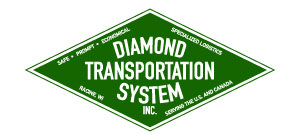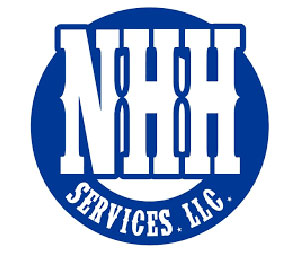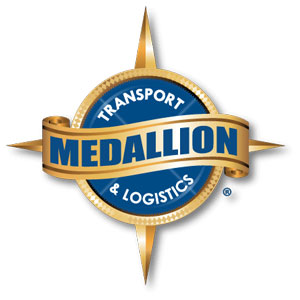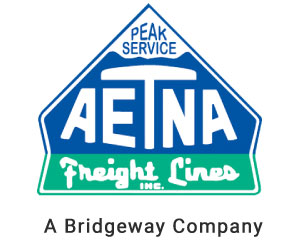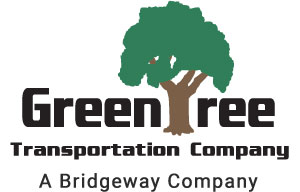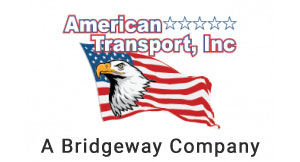How To Do Oversized Load Transportation in Remote Areas
Transporting oversized or heavy loads takes a lot of experience, expertise, and familiarity with how it all works. The process might appear to be simple to some, but there are a lot of potentially dangerous and increased risks when moving large, heavy pipes and more from one location to another. Keep reading to understand how experienced oversized load transporters can move products, machines, or equipment to and from remote areas.
Before Moving Oversized Loads
Unless you have prior experience, there are many things you have yet to consider that need to be done before a wide or oversized load can be moved. First, you’ll need to make sure you’ve planned every step of the route you’ll be taking. A pro should be part of the planning process to help account for every possible step and condition.
Planning can include:
- Research route traffic and potential hazards on it.
- Check with the area’s department of transportation for any active construction areas.
- Research weather patterns and make contingency plans if weather derails hauling on the original route.
- Find and document alternate routes that can be used if needed. This is especially helpful in rural or remote areas where road conditions or obstructions aren’t reported or documented.
- Estimate the travel time needed for the transport. If the area has oversized travel restrictions, you’ll want to plan for extra time in case of delays.
- Know and document where all of the fuel stations are along the route. You may even be able to plan your refueling locations before you hit the road.
- Know the driver’s threshold for driving times. If your driver needs a break once an hour, account for that during travel times. A rested, focused driver is a safe one.
- Use as much helpful technology as possible to inform you of real-time changes on your route. Ensure your driver is technologically literate to stay in the loop, too.
Once you’ve got the route and every other detail of the haul worked out, you’re not done yet. Next, you must get the actual oversized cargo onto your oversized load truck safely and securely.
Here are a few steps to get you started:
- Understand how your load will get onto an oversize truck. Can it be done at one location, or will there need to be multiple pickups to get it all loaded?
- Know the conditions you’ll have to deal with when loading up. Whether picking up the load at a shipping dock or on a construction site, you must keep everyone and everything safe.
- Assess what kind of equipment you’ll need and make a plan for pickup.
- When the product is loaded, use a spotter to monitor the equipment and items. Make sure this person’s only job is to keep a watchful eye. Mistakes are made when people are distracted.
- Make sure the load is secure in every way. Only the most experienced and skilled person should do the measurements, tension, and weights on the load. A firm understanding of physics and the kind of hold an oversized load needs should be done by a pro.
- All of the attempts at securing a load in the world won’t do any good unless the proper tools are used for the job. Straps, binders, and ratchets require some expertise. It’s always a good idea for someone to double-check all the securing to ensure it’s done right.
Preparing oversized items for transport from one location to another is time-consuming. Experts should do it with experience working with heavy/large items and securing them on a wide-load truck.
Research and Understand the Oversized Transportation Laws
While there are some generally accepted guidelines for oversized transports, every city, county, and state may have its own special laws. Permits are a given for many hauls, and you can find yourself paying hefty fines if you violate any laws.
It doesn’t matter if you didn’t know that you needed a permit or a pilot escort. If you break the law, you will have to pay a fine. So, ensuring you know and follow the laws is much easier and cheaper.
Hauling the Oversized Load
The planning process can make almost every delivery smooth, but there’s always the chance that something unexpected can go wrong. That’s why you’ve got to have someone working on all potential problems that may come your way.
Here are a few things you can do as you prepare to get behind the wheel:
- Check the weather forecast. While it may be wrong sometimes, you’ll be better prepared while on the road. For example, if you were traveling on a stone or dirt road in the country that tends to flood with rain, you can choose an alternate route if rain is in the forecast.
- Defensive driving is the best way for everyone, but it’s the only choice for a large or wide-load driver. This type of driving allows you to travel the speed limit and remain in the best lane for a large truck. It also requires a driver to keep safe distances between the truck and the car ahead of them, making fast stops safer.
- Don’t neglect regular maintenance on your truck. Ensure fluids are full or changed regularly, check your tires, and keep spare parts handy. If you have a problem with a truck despite your diligent care, have a plan or mechanic handy to get back on the road fast.
No truck is made to last indefinitely, but a large hauling truck’s work can make it wear down faster than a regular vehicle. So, keep up maintenance and have a plan ready to keep things working as smoothly as possible.
Unloading Your Oversized Products
Remember that the products on your truck have been jostled around during transportation. They may begin to shift or roll if the tension loosens during transport. Use a spotter to watch for any unsecured or loose items.
The Best Way to Transport an Oversized Load in Cities and Remote Areas
Osage Specialized Transport is the only choice for the most experienced experts to help you plan your oversized load’s transportation. You get customer-centered service, transportation expertise, and the best transport and logistical solutions. Contact them right now at 303-326-0374 or use their online form today!





